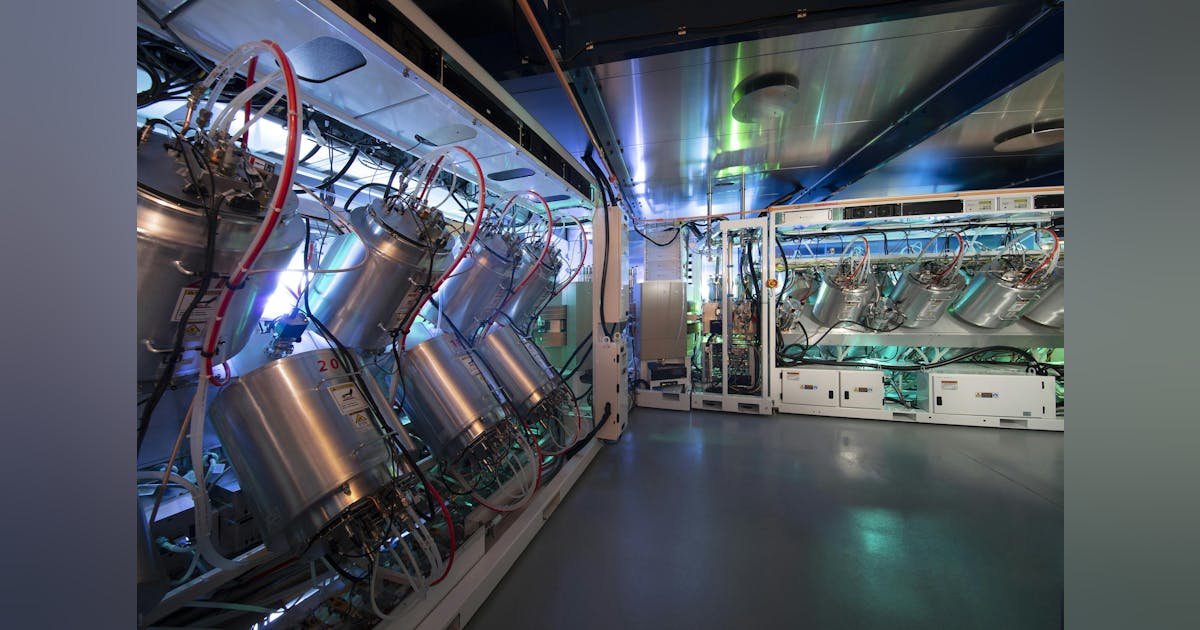Axcelis Technologies and GE Aerospace Collaborate on Silicon Carbide Power Devices
Axcelis Technologies and GE Aerospace have embarked on a significant joint development program aimed at pioneering next-generation silicon carbide (SiC) superjunction power devices, rated between 6.5 to 10 kV. Announced in August 2025, this partnership is set to transform the fields of aerospace, defense, and cutting-edge commercial power systems.
Why Silicon Carbide, and Why Now?
Silicon carbide serves as a catalyst in revolutionizing power electronics. Unlike conventional silicon, SiC stands out for its ability to handle higher voltages, endure extreme temperatures, and operate efficiently at greater frequencies. Consequently, SiC devices are not only more compact and lighter but also deliver superior performance—qualities highly valued across sectors like aviation, space exploration, military, renewable energy, and AI-enhanced infrastructure.
Key benefits of SiC devices:
- Enhanced energy efficiency and reduced heat output
- More compact, lighter, and durable electronic modules
- Increased reliability in hostile environments such as deep space or hypersonic travel
- Essential for advancing electrification in aviation and military vehicles
“High voltage SiC power devices are a crucial enabler for a diverse range of emerging applications, including hypersonic travel, electric propulsion, and space exploration.” —Dr. Ljubisa Stevanovic, GE Aerospace Research
The Collaboration: Axcelis + GE Aerospace
What Are They Building?
The joint development program focuses on engineering production-ready 6.5 to 10 kV superjunction SiC power devices. These devices are crucial for:
- More streamlined and efficient avionics
- Durable defense electronics
- All-electric and hybrid propulsion systems for upcoming aircraft
- Advanced power systems for spacecraft and military platforms
Who Does What?
- Axcelis Technologies brings in its Purion XEmax high-energy ion implanter, enabling precise and deep aluminum doping in SiC wafers, with beam energies reaching up to 15 MeV. This tool channels over 7μm of aluminum implantation depth, allowing finer control over a device’s electrical properties at a reduced cost with fewer steps.
- GE Aerospace leverages its extensive experience in SiC research and its comprehensive portfolio of SiC intellectual property, developing SiC-based electric power products for commercial aircraft and ground vehicles. Their recent focus includes applications for hypersonic vehicles, electric propulsion, and space technologies.
This initiative is part of the Advanced High Voltage Silicon Carbide Switches project under the CLAWS Hub, overseen by North Carolina State University.
Why Superjunction?
Superjunction designs represent a critical advancement in power semiconductors, significantly lowering resistance in the “on” state. This efficiency is vital for rapidly switching very high voltages with minimal energy loss to heat. In aerospace and military domains, where size, weight, and power are crucial, every watt saved is significant.
Front-Line Applications: From Sky to Sea to Space
Aerospace: Electrifying the Skies
Modern commercial and military aircraft increasingly rely on compact, lightweight, and efficient power modules for avionics, fly-by-wire controls, and electrified propulsion. SiC-based electronics play a pivotal role in fulfilling these needs, aiding in the development of “more-electric” aircraft, cutting fuel consumption, emissions, weight, and maintenance costs while enhancing operation readiness.
Defense & Space: Powering Mission-Critical Systems
Military vehicles and naval vessels require robust, high-voltage SiC systems for advanced directed energy weapons, radar, and energy-intensive electronic warfare equipment. For instance, the U.S. Navy’s HELIOS laser weapon employs SiC MOSFETs to efficiently power rapid-fire rounds against threats.
Cool fact: SiC technology drives innovations once only imagined in sci-fi movies, transforming high-powered lasers and shield-like radar systems for ships and aircraft into reality!
In spacecraft, SiC switches are indispensable for lightweight, modular power regulators that withstand cosmic and radiation extremes—crucial for lunar outposts, Mars missions, and self-sufficient space stations. The International Space Station exemplifies the necessity for robust power payload management, a domain where SiC excels.
Future Technology: AI, Quantum, and Beyond
SiC’s resilience and performance pave the way for next-gen AI chips, quantum computers, and edge devices that must reliably operate in extreme or high-radiation conditions, expanding beyond aerospace into the broader technology landscape.
Industry Partnerships: The Human Element
This collaboration stands out not only for its technological breakthroughs but also for the vision and people driving it. Axcelis’s extensive experience in semiconductor process engineering, combined with GE Aerospace’s innovative team—guided by experts like Dr. Stevanovic—push technology boundaries, powered by the excitement of building the future.
Both companies place a strong emphasis on mentorship, cross-training, and sharing deep industry insights. From young engineers witnessing their designs soar on commercial aircraft to field technicians observing military prototypes in action, these partnerships cultivate not just products but also communities of innovation.
Expert Tips: Implications for Industry Decision-Makers
- Adopt SiC early: Moving beyond silicon to SiC modules offers a competitive edge, proving their value as the backbone of modern high-voltage systems.
- Seek partners with proven tools: Devices like the Axcelis Purion XEmax set the manufacturing and quality standards at scale.
- Invest in teams with IP expertise and application experience: GE Aerospace’s extensive SiC knowledge positions them as a formidable partner for both commercial and defense innovators.
Case Study: From Lab to Flight
Prior to reaching the cockpit of commercial aircraft or the battlefield, GE’s SiC modules undergo rigorous simulation, prototyping, and stress-testing—often in demanding environments. Consider the Next-Generation Combat Vehicle (NHCV), utilizing GE’s SiC MOSFET-based controllers to ensure reliable, high-density power in some of the world’s most challenging terrains. The result? Vehicles that are safer, more autonomous, and ultimately more effective, whether on land or in the air.
Looking Ahead: Why This Matters
The Axcelis and GE Aerospace collaboration marks a pivotal step in the adoption of wide bandgap semiconductors. High-voltage, high-frequency, and resilient power devices will soon underpin advancements across drone swarms, AI-controlled aircraft, autonomous spacecraft, and ultra-secure power grids.
In the near future, expect SiC-driven innovations to headline stories of record-breaking hypersonic journeys, all-electric airliners embarking on transatlantic routes, and even laser cannons reminiscent of sci-fi aboard navy fleets. For technology leaders, policymakers, and engineers, keeping an eye on partnerships like Axcelis + GE Aerospace is crucial to understanding the future power landscape—today.
Want to shape the future of aviation, defense, or space? Keep track of breakthroughs in SiC—because today’s “joint development programs” are setting tomorrow’s industry standards.













